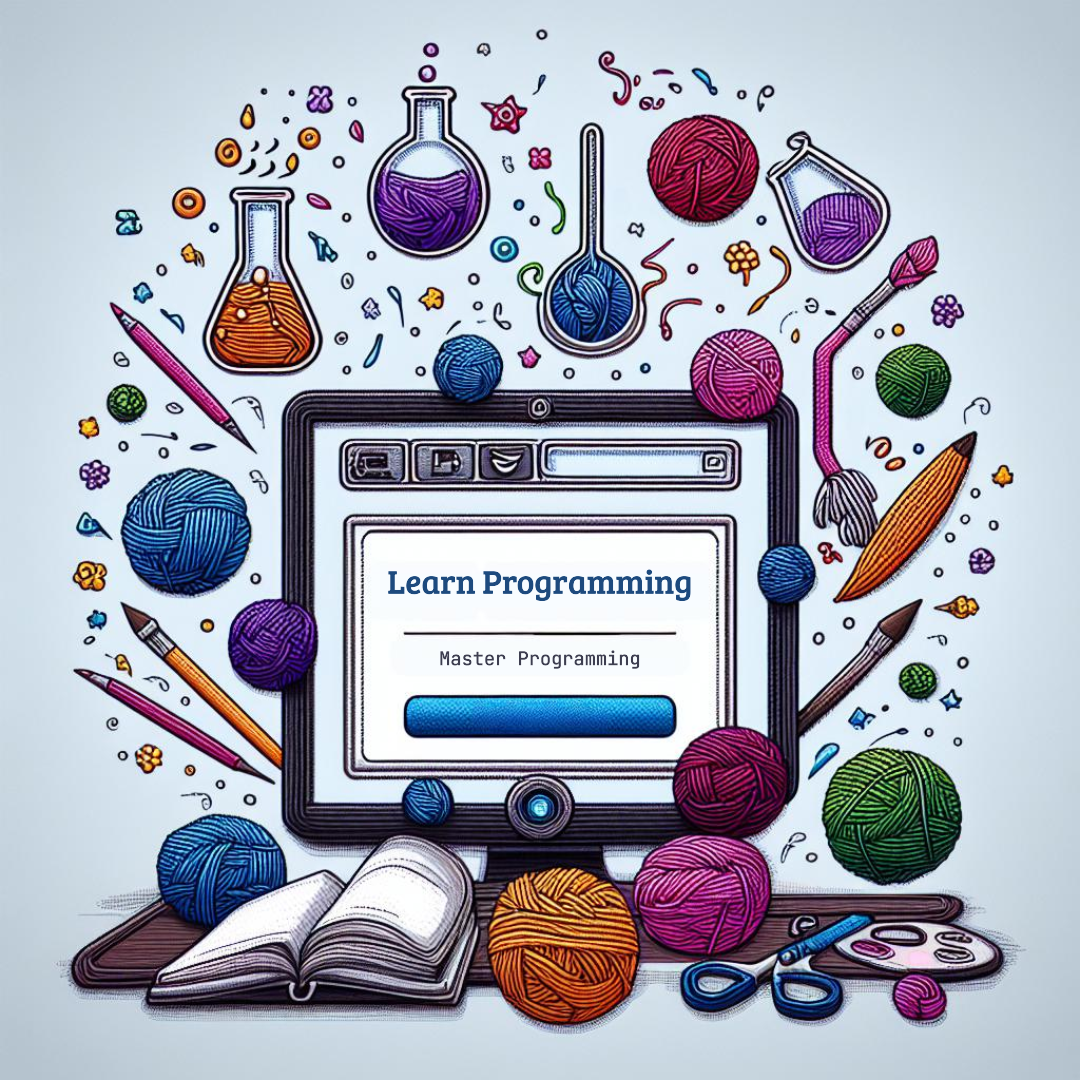Introduction
Object-Oriented Programming (OOP) is a programming paradigm based on the concept of objects, which contain both data and methods. Python, being an object-oriented language, allows you to organize your code into reusable and modular components. OOP promotes code reusability, scalability, and maintainability, making it an essential concept for programmers.
Objectives of the Topic
- Understand the key concepts of Object-Oriented Programming (OOP).
- Learn how to define classes and objects in Python.
- Understand how to implement inheritance, encapsulation, and polymorphism in Python.
- Explore practical examples to solidify your understanding of OOP in Python.
Example Code
Program to demonstrate the basic concepts of OOP in Python
class Animal:
def __init__(self, name, species):
self.name = name
self.species = species
def speak(self):
return f"{self.name} makes a sound."
class Dog(Animal):
def __init__(self, name, breed):
super().__init__(name, species="Dog")
self.breed = breed
def speak(self):
return f"{self.name} says Woof!"
class Cat(Animal):
def __init__(self, name, breed):
super().__init__(name, species="Cat")
self.breed = breed
def speak(self):
return f"{self.name} says Meow!"
# Creating objects
dog = Dog("Buddy", "Golden Retriever")
cat = Cat("Whiskers", "Siamese")
# Displaying the output
print(dog.speak())
print(cat.speak())
Explanation of the Program Structure
The program consists of three classes: Animal, Dog, and Cat.
- Animal class: This is the base class with an initializer method
__init__that takesnameandspeciesas arguments. Thespeakmethod is defined to return a generic message. - Dog and Cat classes: These classes inherit from the
Animalclass. They override thespeakmethod to provide species-specific behavior (Woof for dogs, Meow for cats). - Creating Objects: Instances of the
DogandCatclasses are created using their respective constructors, and then thespeakmethod is called on both objects to demonstrate polymorphism in action.
How to Run the Program
To run this program:
- Copy the code into a text editor or an IDE (like PyCharm, Visual Studio Code, or Jupyter Notebook).
- Save the file with a .py extension, for example, oop_example.py.
- Open a terminal or command prompt and navigate to the directory where the file is saved.
- Run the program using the command:
python oop_example.py. - You will see the output, where the
speakmethod of both objects is printed.

